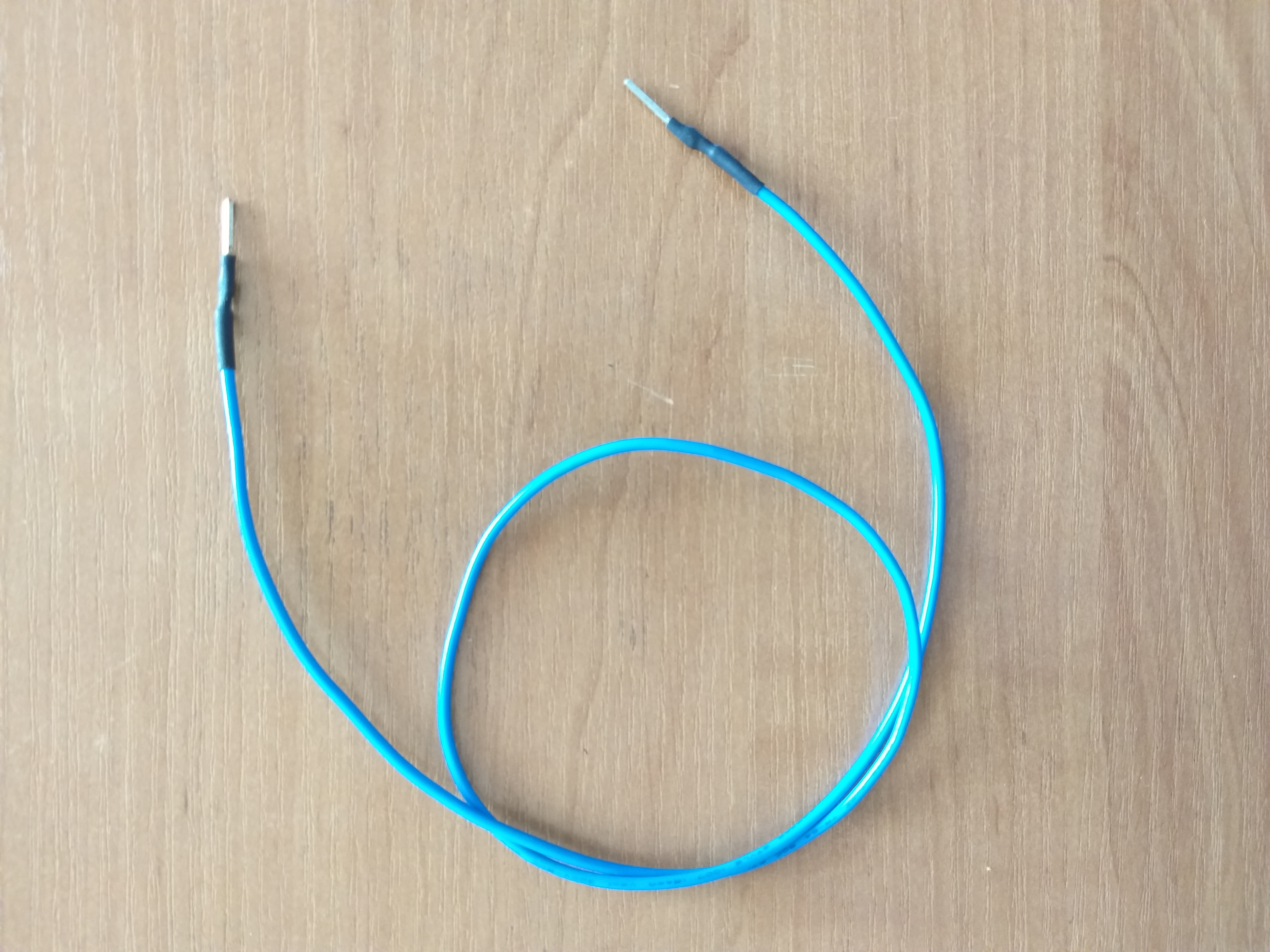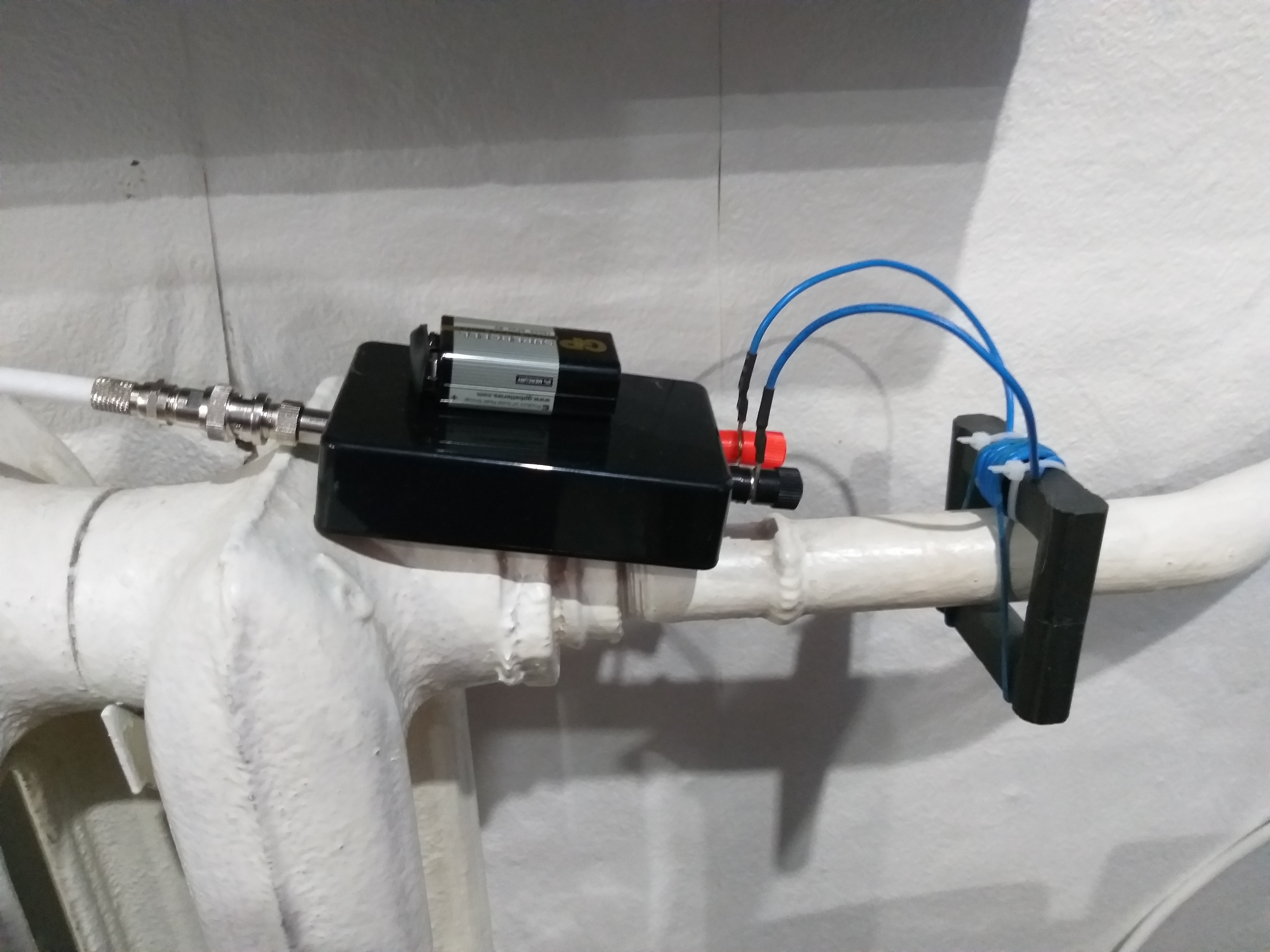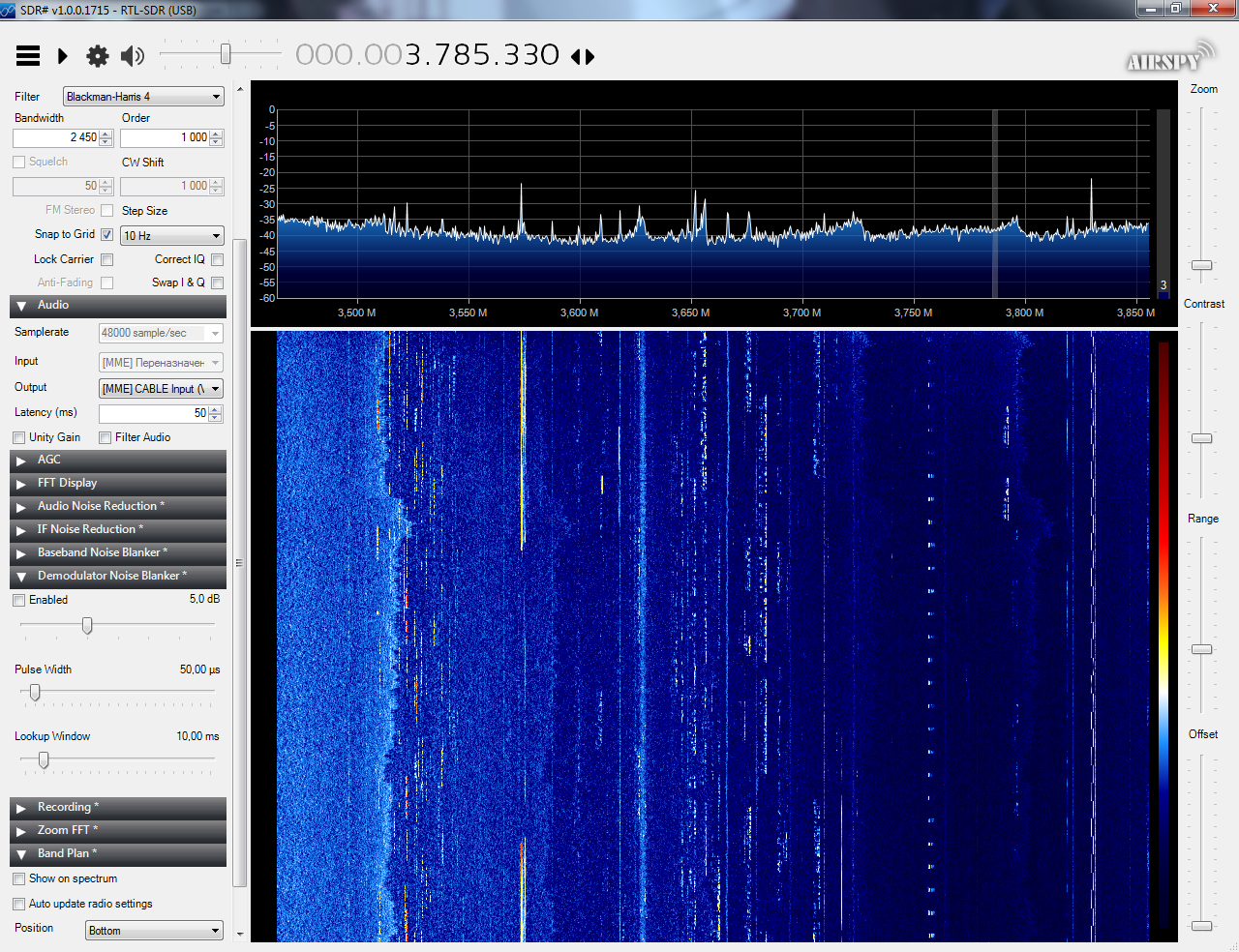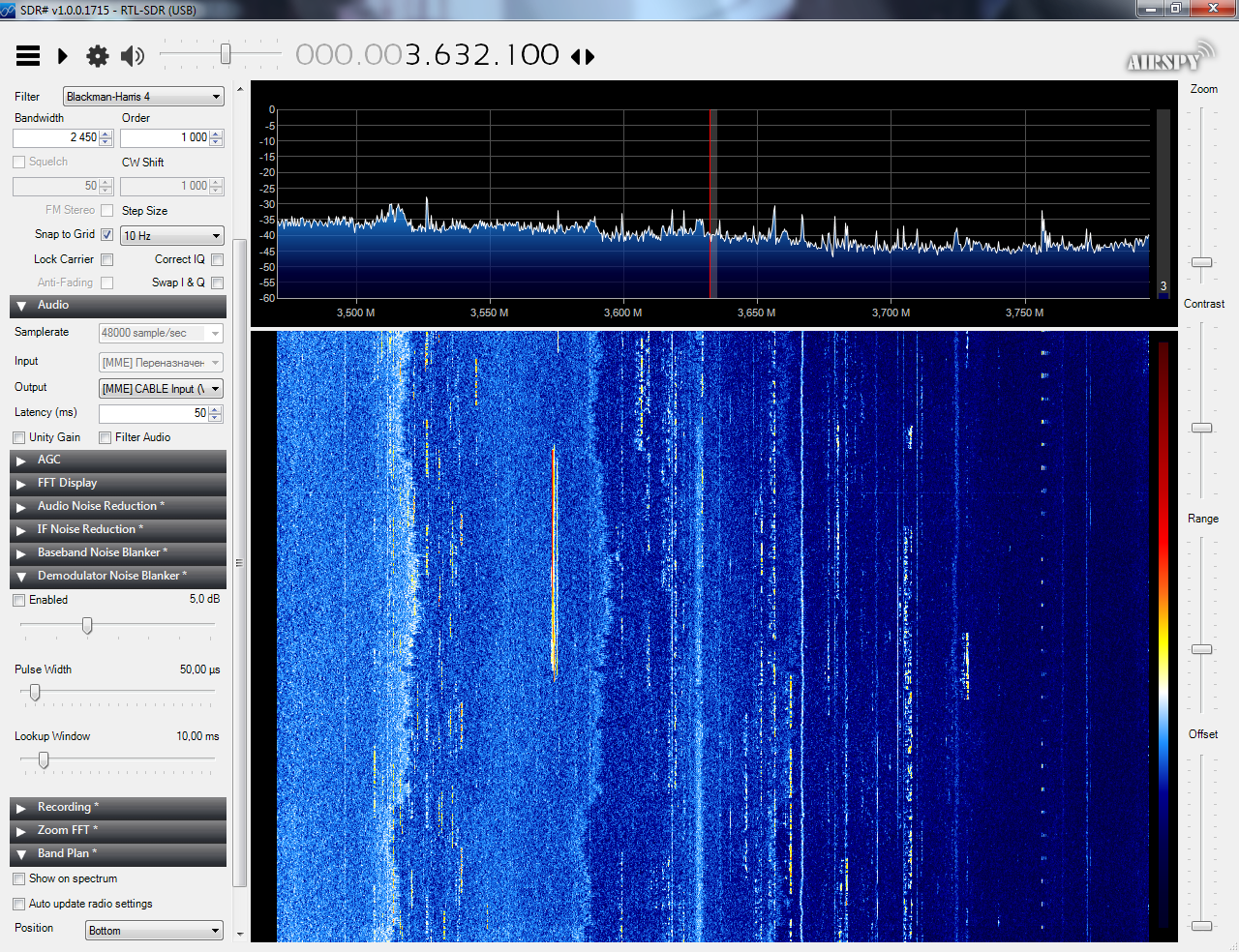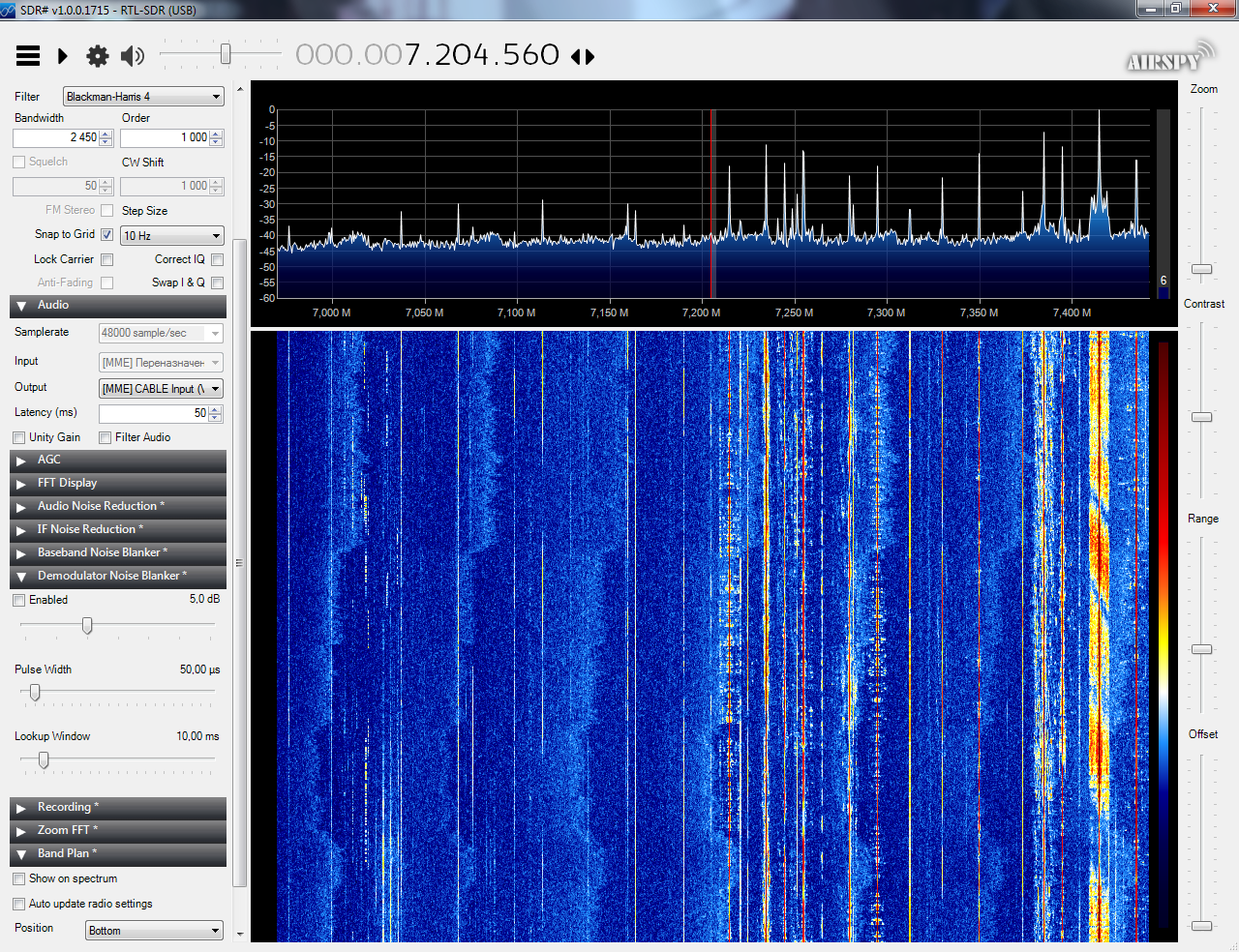Hello, everyone! In this article, I want to share my experience in building a wideband shortwave-longwave antenna. This design is very simple. It takes only a few hours to implement, and even a novice radio amateur can replicate it.
Preface
Receiving shortwaves in urban conditions is an extremely challenging task. Panel concrete buildings act as a kind of Faraday cage or shielding shield for short waves. Residential areas consisting of many multi-apartment buildings can form a closed space where both short and long waves cannot penetrate. For radio amateurs whose windows face the courtyard, luck is even less, as deploying a full-size antenna like a "triangle" or a long beam may not yield any results. And those weak signals that did manage to pass through the "concrete box" may simply be buried in a multitude of household interference.
The sources of interference can include the following devices:
- pulse power supplies;
- compact fluorescent lamps, so-called "energy savers";
- LED lamps;
- computers, televisions;
- modern elevators with thyristor power units;
- ethernet equipment (cables, switches, and routers).
Some drawbacks of full-size antennas include certain unpleasant factors and difficulties that any radio amateur will face. Firstly, it's the implementation itself. Stretching a stationary antenna, a long beam, from the window of an eighth-floor apartment is a very challenging task. Secondly, lightning protection and mobility - folding and unfolding such an antenna is not that simple. And thirdly, it's the neighbors. Surely there will be a neighbor for whom your long beam will be "eye-catching," which can result in a complaint to the housing and communal services (housing maintenance office).
What is the solution to this situation? One option is to use the building itself as an antenna.
The construction presented in this article is devoid of most of the above-mentioned drawbacks of a full-size receiving antenna. However, it will work differently for everyone, as many factors influence its operation.
The construction only works with metal heating pipes, and with plastic pipes, it's likely that nothing will work, although I haven't tried.
Part 1 - Antenna Construction
As mentioned above, if the building or some part of it is an antenna, the main question arises - how to connect to it? In this case, the central heating pipe serves as the antenna. In it, in addition to hot water, very weak RF currents also flow. Since cutting the pipe and connecting to the ends is obviously not an option, mutual induction electromotive force (EMF) comes to the rescue, or in simpler terms - a transformer, where the pipe serves as the primary winding, and the secondary winding (or coupling coil) is wound separately.
You will need:
P-shaped ferrite core from CRT television or monitor transformers
40 cm of multi-core or single-core wire.
Wind 5 turns as shown in the photo below.
And using just one office rubber band, attach the structure to the pipe as shown in the photo below.
Done!
The coupling coil can be connected to a coaxial cable and connected to the receiver.
Part 2 - Differential Amplifier
Without an amplifier, the antenna works quite weakly. If you are using a professional shortwave receiver or scanner, reception will be possible but faint. To amplify the weak signal, an amplifier from an active wideband loop shortwave antenna is used.
Its scheme is shown below.
The amplifier is assembled by the surface mount method, as there are not so many components. The scheme is experimental, so the rigidity and reliability of the design are "put aside" for now. It took about an hour and a half to assemble.
Connect...
Part 3 - Testing
The antenna was connected to a modified RTL-SDR dongle. The receiver operates in "direct sampling" mode, and the signal is fed to the ADC through an ethernet transformer from a network card.
The screenshots below show the "waterfalls" of the SDR# program in the 80m and 40m bands. Receiving the eighty-meter band in an apartment is a challenging task, but the antenna copes with it.
Reception greatly depends on the time of day. The most radio stations can be received from 22:00 to 00:00.
The antenna receives the following radio signals in the following ranges:
- LF-MF;
- 160m;
- amateur pirate radio;
- 80m;
- broadcast and other radio station signals;
- 40m;
- 20m;
- 15m.
Attention!
The antenna is for receiving only. Using this construction for transmission is prohibited. The article's author is not responsible for possible damage to the central heating system pipelines. I also strongly advise against using gas pipelines.
If you have replicated this construction, leave a comment stating whether it worked for you and which radio stations you were able to receive.

